Park people: 与俞孔坚对话丰富景观

In the lead-up to The Park People Conference, taking place September 21-23, 2022, Park People met with Kongjian Yu. Kongjian is a landscape architect at Peking University and founder of the firm Turenscape. Turenscape is one of the first and largest private architecture, landscape architecture and urban design firms in China. The Chinese government applies Kongjian’s pioneering research on ecological security patterns and sponge cities to guide its nationwide ecological protection and restoration initiatives.
The Park People Conference centers on the theme of abundance, Each day features on one aspect of this theme. Kongjian’s keynote will kick off the third day on the topic of abundant landscapes.
Registration for the Park People Conference is now open.
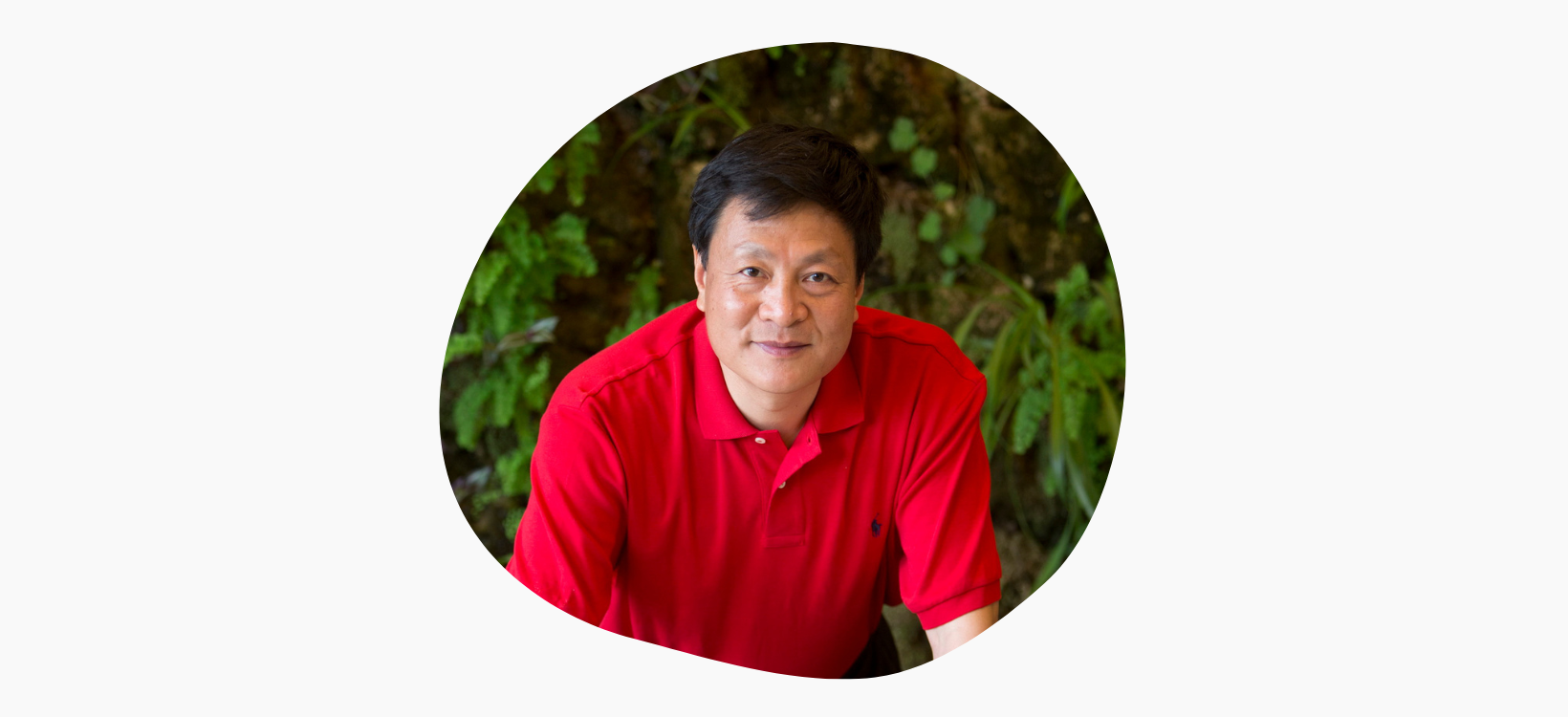
Jodi Lastman:
What was the ideology behind the human desire to restrain the flow of water in urban environments?
Kongjiun Yu:
For a long time being “civilized” and “modern” meant using man-made technology to control nature.
Big centralized governments built big infrastructure using man-made materials like steel and concrete.
Technology became the new religion. Developing nations abandoned ancient wisdom and played ‘catch up’ to be seen as modern. They built a larger and stronger gray infrastructure to worship the gods of civilization.
“But, water needs space. It’s common sense.”
In China, we have dry seasons when there’s not a drop of water for months. Then in the summer, there’s the monsoon season when 80% of the year’s precipitation happens. Sometimes half of the year’s rain falls in a single day.
“Ancient people understood how to work with water in conditions far more severe than what we face today. They built ponds and lakes to manage water on site. They lived on higher ground and left low lands unbuilt to absorb potential flood waters.”
In the modern era, we’ve forgotten this ancient wisdom. We’ve replaced it with the idea that we can control water with dams, floodwalls, and sophisticated drain pipes. The result is soil erosion, an interruption between surface water and groundwater, excess runoff, and severe floods.
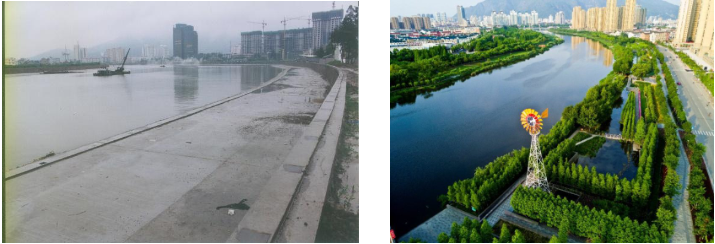
Fig.1,2, YU convinced the local government to demolish the concrete channel. His firm designed an eco-friendly riverfront. Taizhou Yongning River Park

Fig.3,4 Before and after 2015. A model sponge city project, Sanya Mangrove Park, YU. Yu’s firm demolished a concrete floodwall and restored a mangrove forest to create a resilient riverfront
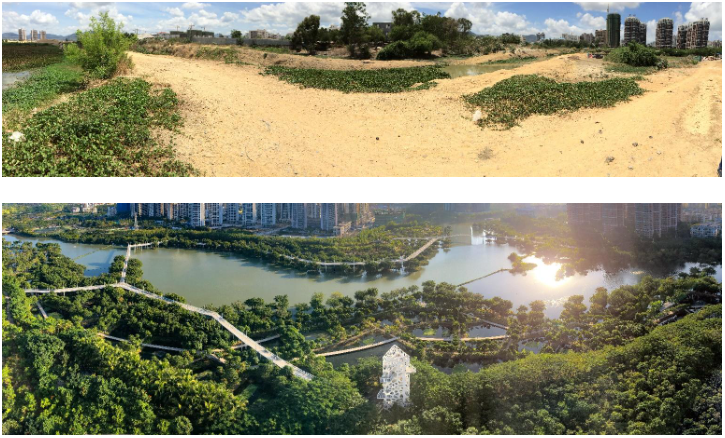
Fig.5,6 Before and after, building sponge park to regulate stormwater, Sanya Dong’an Wetland Park
JL:
You talk about the new landscape architecture being “healthy, productive, and beautiful.” Why is it important that landscapes that absorb water are also beautiful?
KY:
When Louis XIV created Versailles, he propped up an artificial idea of nature. It was all about imported flowers, trimmed grass and pruned box hedges. It was an ornamental garden to admire from a distance. I call this approach “bound feet.” It’s manipulating nature to create a forced aesthetic that is, in fact, unnatural.
“People need to see the beauty in messy nature.”
Sponge cities embrace a new definition of civilization. This new definition puts respect for nature, working with natural systems, and making friends with nature at the centre.
When people see water flowing and flocks of birds and frogs living in harmony with water they see this kind of nature as beautiful and safe.
When we see something beautiful, we’re relaxed. We need to make messy nature beautiful so people understand that it is safe.
In 2008, my firm designed Tianjin Qiaoyuan Park on a former brownfield. The site overflowed with urban runoff that had contaminated the soil and the water. We restored the soil and water using regenerative practices and native plants. We also integrated footpaths, platforms and bridges into the design so people could engage with nature.
The sponge park regulates stormwater and improves soil, but it also helps people build a whole new relationship with water.
That’s where survival and art come together.

Fig. 7,8, Before-after, A Floating Forest: Fish Tail Park in Nanchang City
A 126-acre abused landscape transformed into a dreamlike floating forest that regulates floods provides habitat for wildlife, offers an array of recreational opportunities and a new way to connect with nature. This is a replicable model to address flooding, habitat restoration, and recreational needs. Perforated aluminum plates are used for structures, bridges, platforms, pavilions, and viewing towers. This creates an arresting contrast with the natural setting.
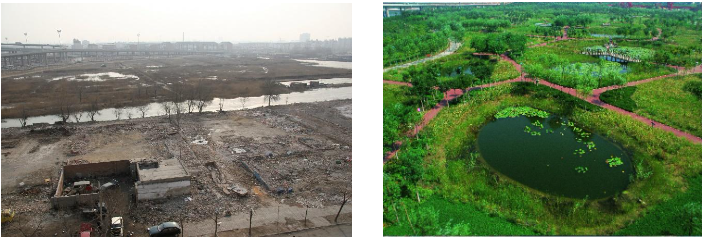
Fig.9,10 A garbage dump is transformed by regenerative design and by changing landforms. The natural process of plant adaptation creates a low-maintenance sponge park. The park provides ecosystem nature’s services to the city. Stormwater is cleaned, soil improved and people enjoy time spent in nature.
JL:
You say sponge cities are not “one size fits all” solutions. What role do communities have in sponge cities?
KY:
In my village growing up, we had seven ponds to manage monsoon floods in a village of about 500 people. 2000-year-old Chinese traditions say that if you cultivate four hectares of land, you set aside one hectare of land for water. So, 20% of the land is dedicated to water.
Each family had their own pond to collect from the roof and from the fields around the farm. Each household had enough pond capacity to regulate water on site. The ponds protected our family but also protected others in the community from dealing with our runoff.
When you have centralized, powerful governments, you get these huge dams and huge canals. It’s about separation. Water is separated fro land; water is separated from people, water is separated from cities and individual communities; drainage is separated from the water supply; flood control is separated from drought resistance.
We need to reconnect to water – to the land, people, cities, and communities. We need to see water as a shared responsibility.
When we separate from water, we create “downstream” issues.
Water is also a social equity issue. Today, the people who live on the low lands of the floodplain are generally disadvantaged. The elite lives in the safest place, in the highlands. Now, if we don’t manage water at the source, the lowlands become flooded and destroyed by water.
In the sponge city model, each piece of land is designed to absorb water at the source. Parks, community gardens and backyards absorb water so no one’s life gets washed away in a flood.
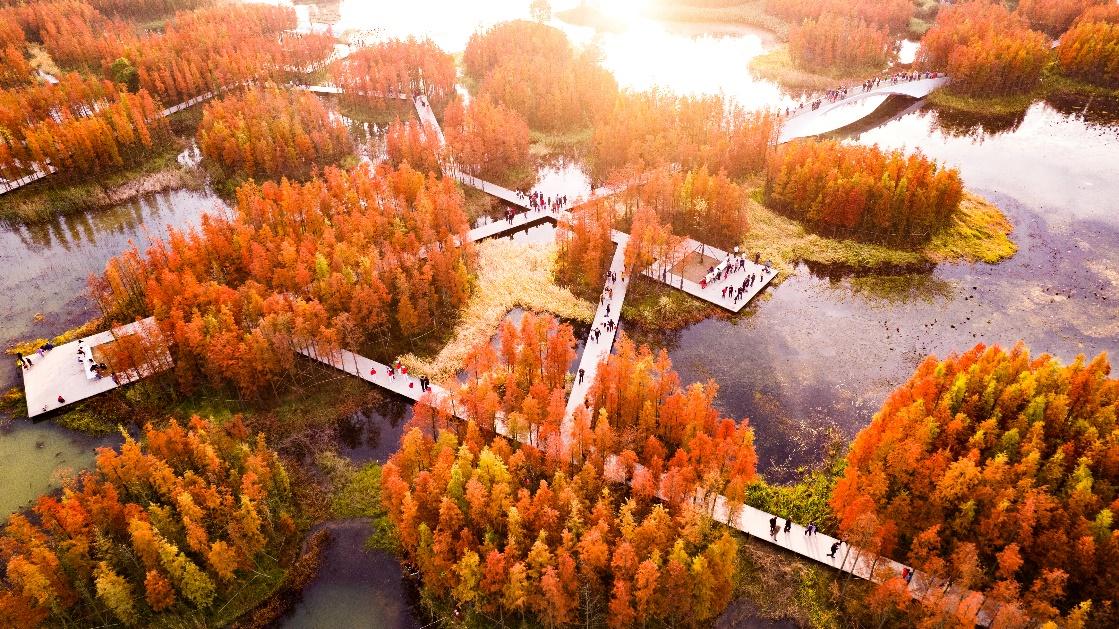
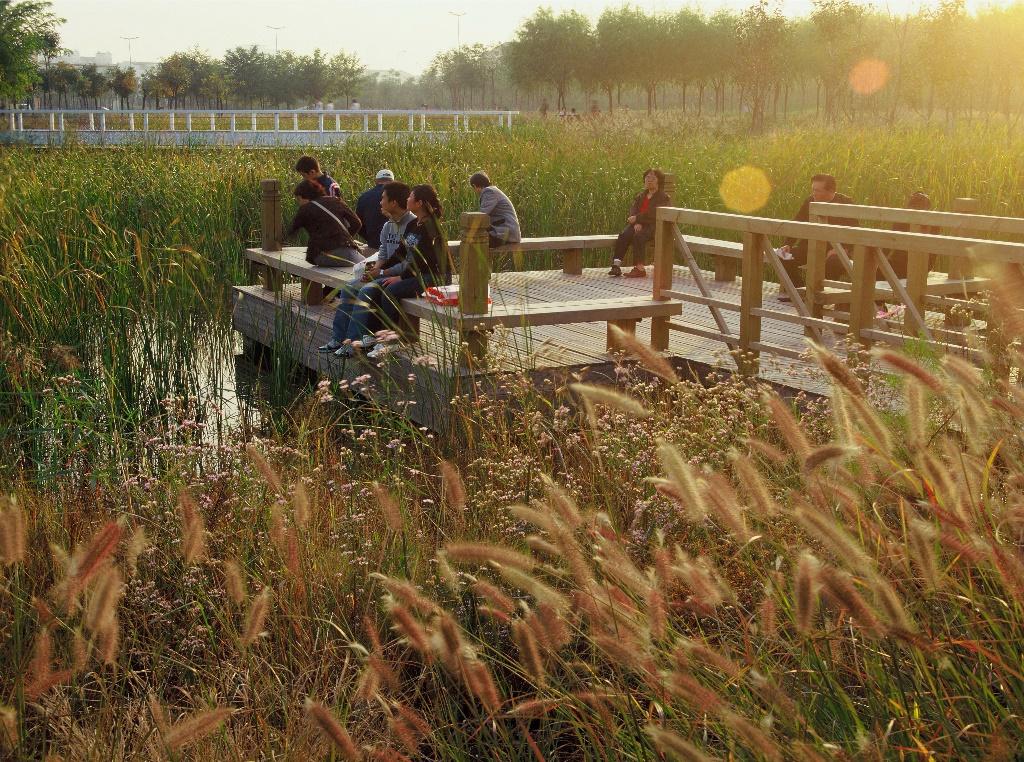
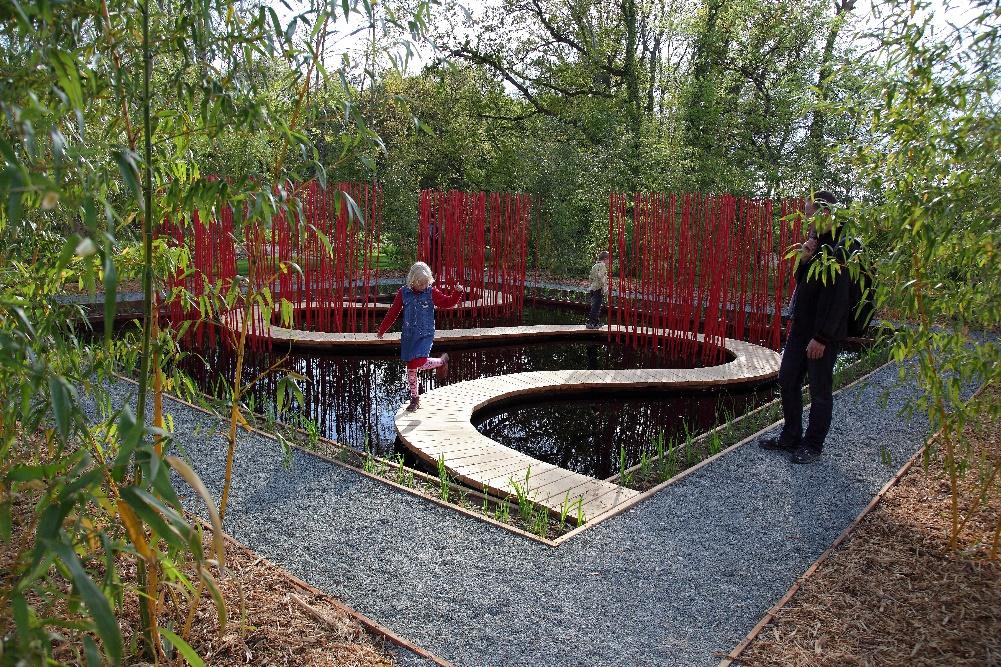
Fig.11,12,13, Green sponges gather people and connect communities. The large spongy open space is green infrastructure (Nanchang Fishtail Park). The sponge park (Tianjin QIaoyuan Park) and the sponge pond ( Square and in France’s Château Chaumont)
JL:
The name of your firm ‘Turenscape’ comes from the words ‘earth’ and ‘people.’ Tu means earth. Ren means people. How can sponge cities help heal the relationship between people and nature?
KY:
“We need to understand that when you kill nature, you kill yourself. Humans need to learn from nature, design with nature, and respect nature to survive !”
We need to uncover our biophilia-our innate love of nature. We need to awaken to something that’s been buried within ourselves.
Even a chimpanzee in a wetland and looks at the sunset and understands the beauty of nature. We’ve covered over our biophilia with ‘modern’ ideas like technology, aesthetics, and infrastructure.
This is the bound feet approach of Louis XIV. It’s artificial and it keeps messy nature at a distance because it’s seen as not safe.
When you experience direct contact with messy nature, you learn to feel safe. When a person feels safe and relaxed they can experience beauty. That when we can tap into what’s natural in ourselves.
Our love of nature is natural.
We need to step back from worshiping technology and embrace the new ecological civilization. This new ecological civilization creates natural landscapes that are healthy, productive, and beautiful.
That’s the future I’m optimistic about creating.
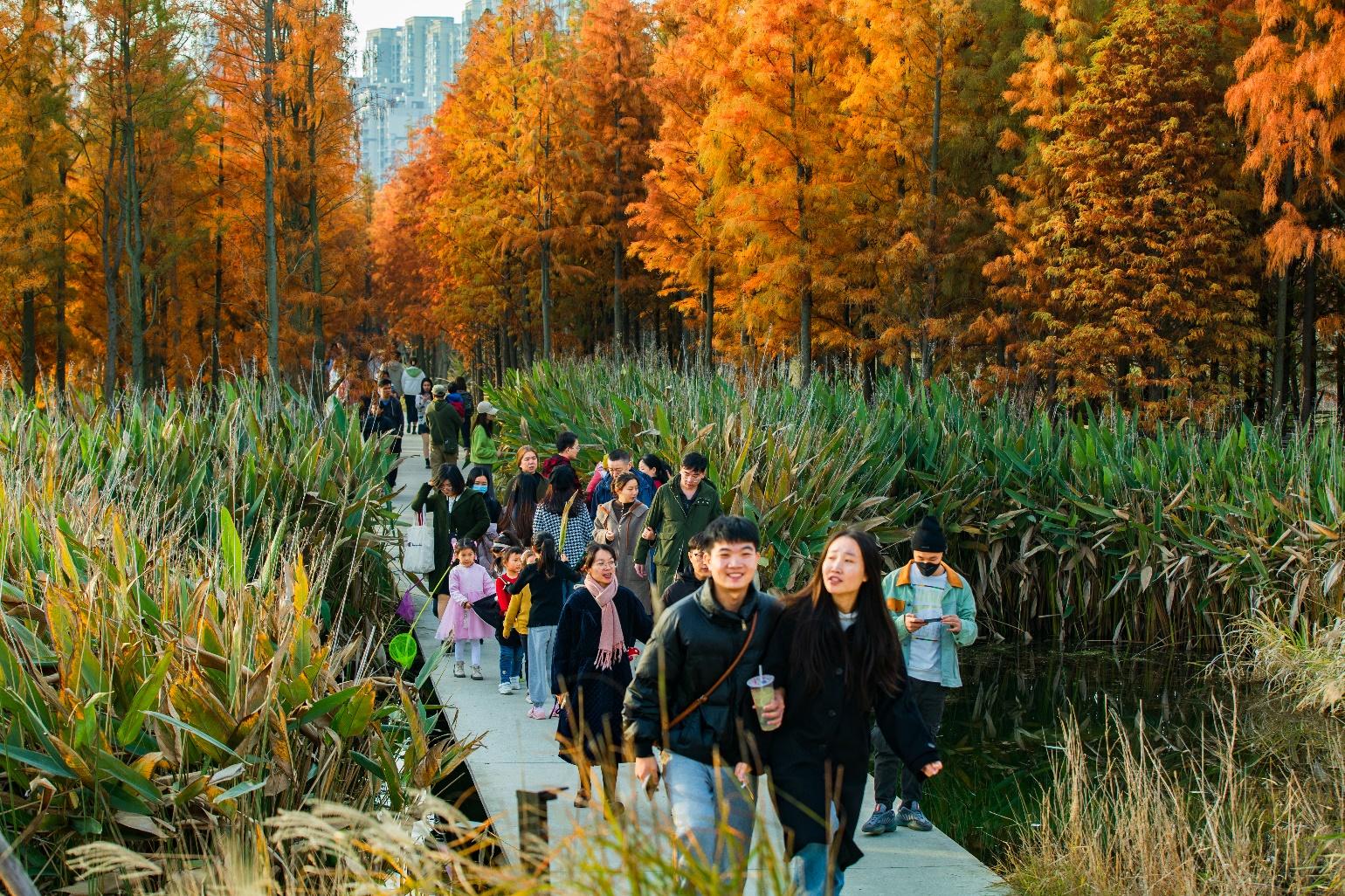
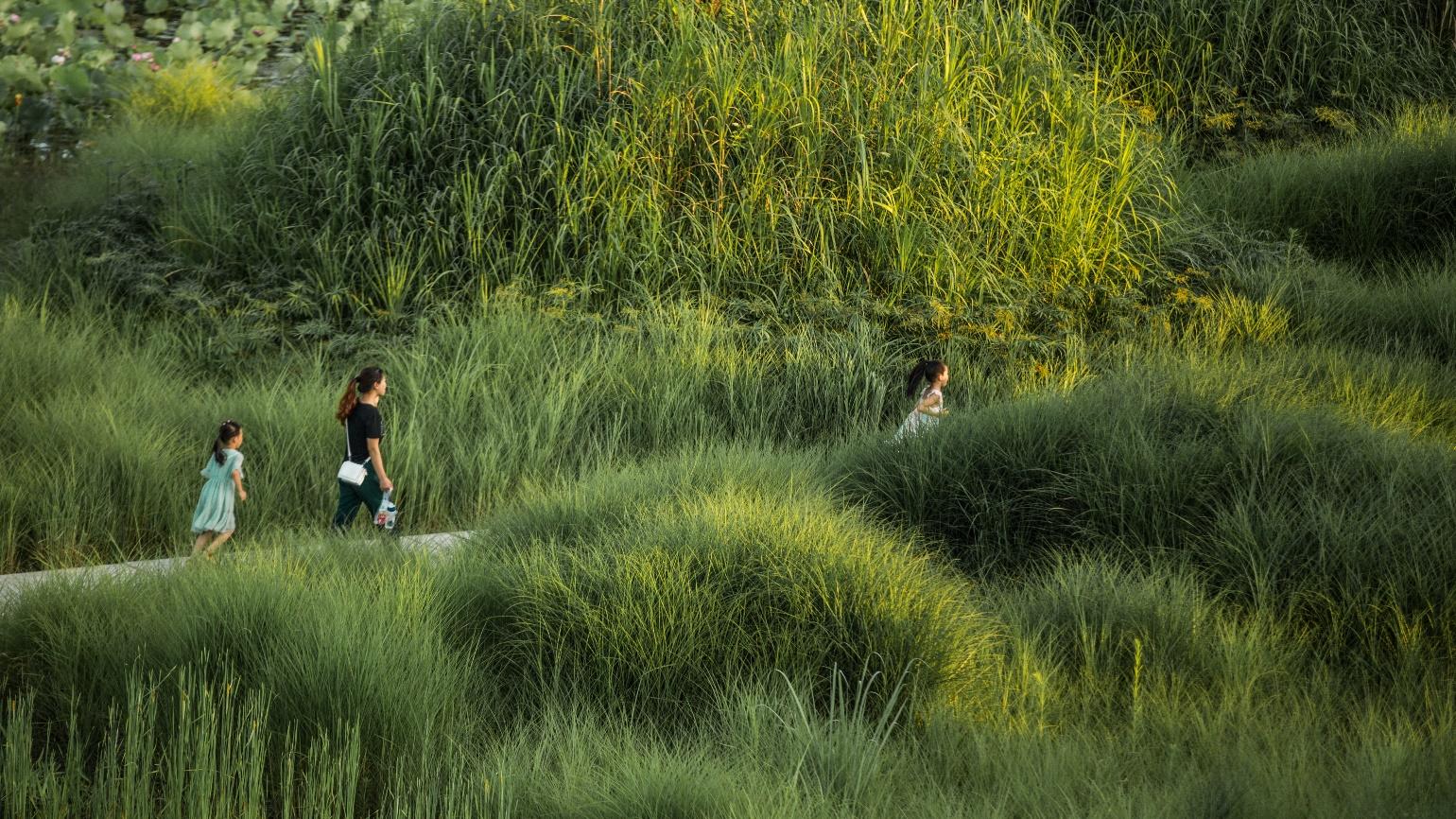
Fig.14,15 People, especially kids, get excited when they are immersive in safe and messy nature. (Nanchang Fishtail Park, and Tong’an Dafusi Wetland park).
文章来源:https://parkpeople.ca/blog/the-new-ecological-civilization-a-conversation-about-abundant-landscapes-with-kongjian-yu
